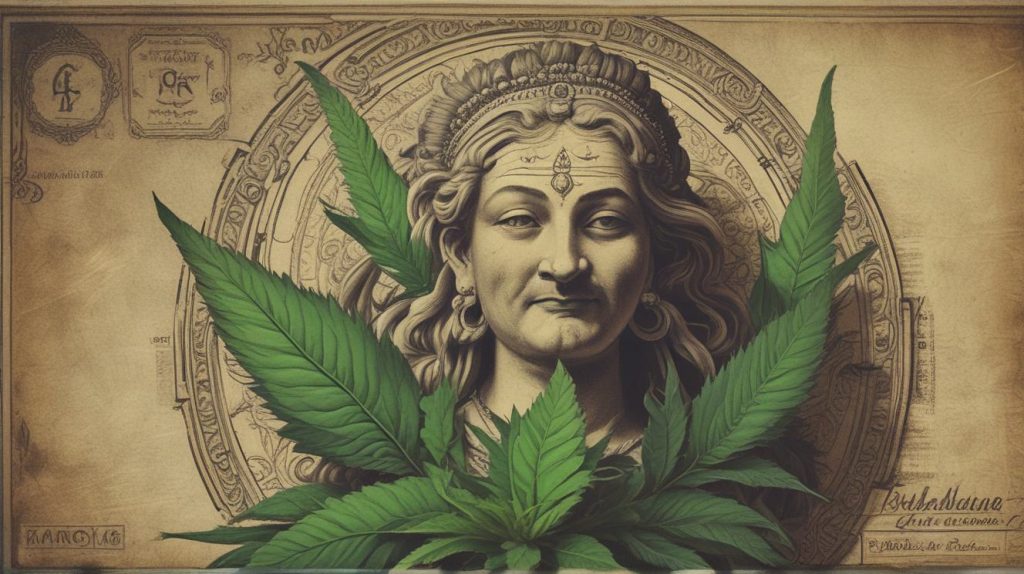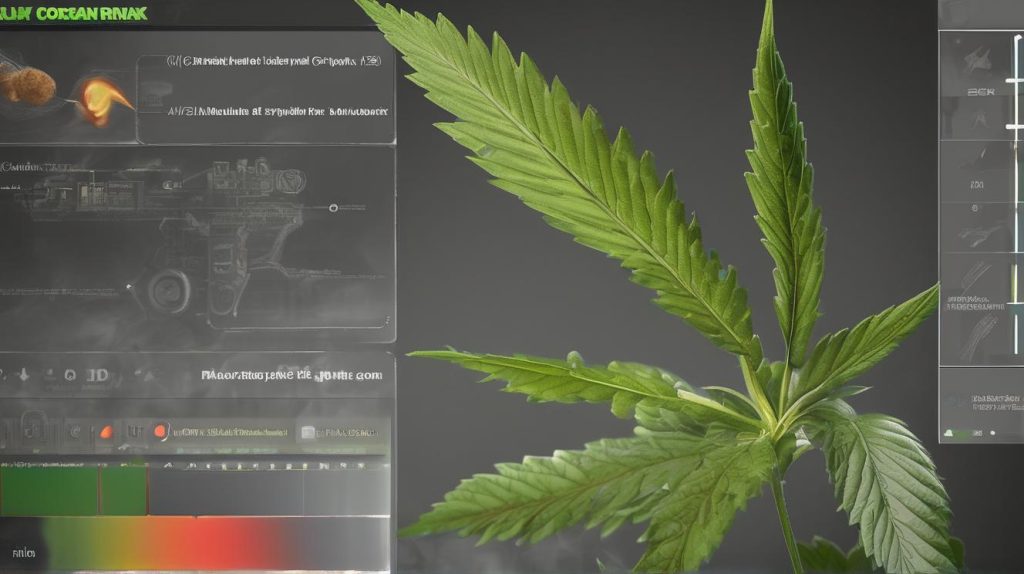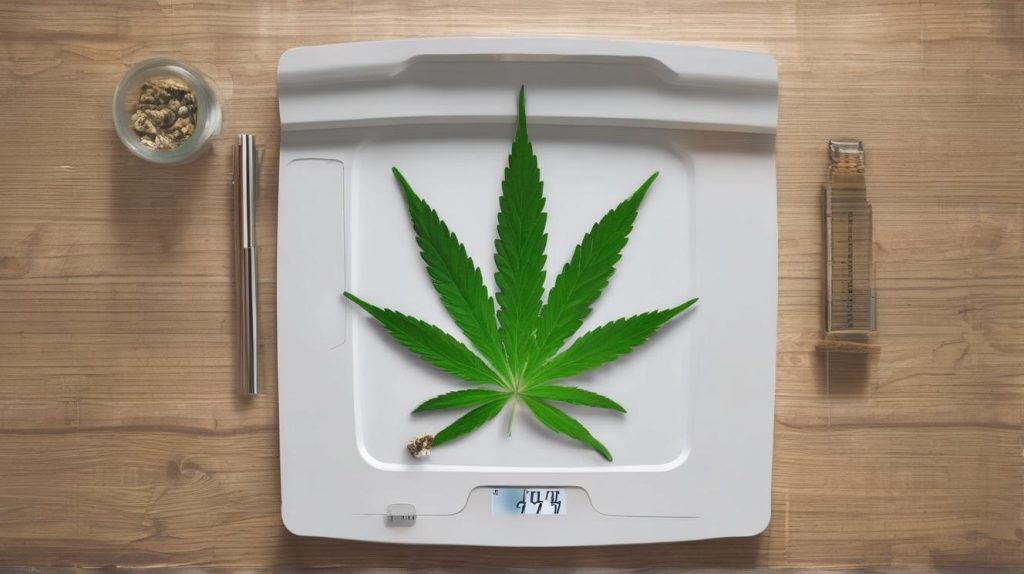Marijuana is referred to by a plethora of slang names across various cultures and communities. Commonly used terms encompass weed, pot, ganja, herb, and grass. Within the Rastafarian community, ganga holds sacred significance. Additional popular slang names include Mary Jane, reefer, dope, and bud. These appellations often reflect the informal and cultural contexts in which marijuana is discussed and utilized. The array of slang terms highlights marijuana’s pervasive presence and diverse user base.
Understanding Ganga (Marijuana)
Ganga, colloquially known as marijuana, is a widely utilized psychoactive substance derived from the Cannabis plant. This plant harbors numerous chemical compounds, with tetrahydrocannabinol (THC) being the preeminent one, responsible for its psychoactive effects. Marijuana is employed for both recreational and medicinal purposes, with its usage and legal status varying globally.
Medical Benefits of Marijuana
The therapeutic benefits of marijuana are extensive, particularly in the medical arena. It has demonstrated efficacy in managing chronic pain, reducing inflammation, and alleviating symptoms associated with multiple sclerosis. Patients undergoing chemotherapy frequently use marijuana to mitigate nausea and vomiting. Furthermore, it has shown promise in treating anxiety, depression, and post-traumatic stress disorder (PTSD). Cannabidiol (CBD), a non-psychoactive component of marijuana, is also being investigated for its potential therapeutic benefits, including seizure reduction in epilepsy patients.
Recreational Use of Marijuana
The recreational use of marijuana is widespread, providing users with sensations of relaxation and euphoria. It is typically consumed through smoking, vaping, or ingesting edibles. The effects can vary based on the strain, with sativa strains generally inducing an uplifting and energetic effect, while Indica strains are more associated with relaxation and sedation. Hybrid strains combine characteristics of both. Users should be cognizant of potential side effects, including impaired memory and concentration, increased heart rate, and the risk of dependency.
Legalization and Regulation of Marijuana
The legalization of marijuana is a subject of ongoing debate and legislation. Countries such as Canada and Uruguay have fully legalized marijuana, while many U.S. states have legalized it for medical or recreational use. Legalization yields economic benefits through taxation and job creation in the cannabis industry. However, it also necessitates regulations to control usage, prevent underage consumption, and ensure product safety. The black market for marijuana persists in regions where it remains illegal, posing challenges for law enforcement and policymakers.
Growing Marijuana: Indoor vs. Outdoor
Cultivating marijuana requires specific conditions, including controlled light, temperature, and humidity levels. Indoor cultivation allows growers to optimize these conditions, resulting in higher yields and potent plants. Outdoor growing, while less controlled, can be more sustainable and cost-effective. The growth cycle of marijuana plants encompasses germination, vegetative, and flowering stages. Each stage necessitates different nutrients and care to ensure healthy development and maximum yield.
Cultural Impact of Marijuana
Marijuana’s cultural impact is profound, influencing art, music, and social movements. It has been a symbol of counterculture since the 1960s, promoting ideas of peace, love, and freedom. Today, it continues to shape popular culture and public discourse, contributing to changing perceptions and acceptance. The cannabis industry also includes a burgeoning market.
Ongoing Research and Future Prospects
Research on marijuana is expanding, with ongoing studies exploring its potential medical applications and societal impacts. The complexity of the plant’s chemical composition and its interaction with the human body offers vast possibilities for future discoveries. As legalization spreads, more comprehensive research is expected, providing clearer insights into its benefits and risks. This evolving understanding will inform public policy, healthcare practices, and individual choices regarding marijuana use.
Conclusion
In summary, gangs (marijuana) play a multifaceted role in modern society, encompassing medical, recreational, economic, and cultural dimensions. Its growing acceptance and legalization are transforming industries and perceptions, while ongoing research continues to uncover new potential applications and insights.




